Home>Gardening & Outdoor>Landscaping Ideas>What To Do With Cut Grass
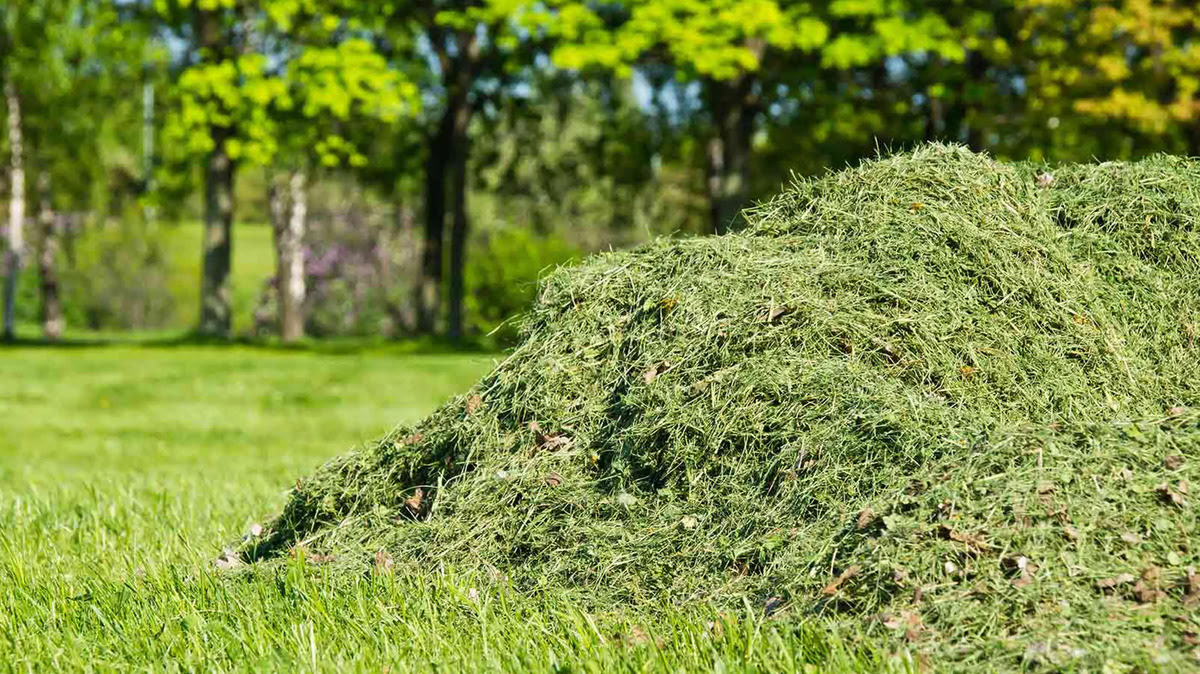

Landscaping Ideas
What To Do With Cut Grass
Modified: March 25, 2024
Discover creative landscaping ideas for using cut grass in your yard. Find inspiration for sustainable lawn care and eco-friendly outdoor projects.
(Many of the links in this article redirect to a specific reviewed product. Your purchase of these products through affiliate links helps to generate commission for Storables.com, at no extra cost. Learn more)
Composting
Composting is a fantastic way to repurpose cut grass and contribute to a healthier environment. Grass clippings are rich in nitrogen, an essential component for creating nutrient-rich compost. When mixed with other organic materials such as leaves, kitchen scraps, and yard waste, grass clippings can accelerate the decomposition process and enrich the resulting compost with valuable nutrients.
Read more: What To Do If I Cut My Grass Too Short
Benefits of Composting Grass Clippings
-
Nutrient-Rich Soil Amendment: Grass clippings break down relatively quickly, adding valuable nitrogen, potassium, and phosphorus to the compost. These nutrients are vital for plant growth and can significantly enhance the quality of the soil.
-
Reduced Landfill Waste: By composting grass clippings, you divert organic material from landfills, reducing the production of harmful greenhouse gases such as methane. This sustainable practice contributes to a healthier environment and minimizes the strain on landfill capacities.
-
Cost-Effective Fertilizer: The compost produced from grass clippings serves as a natural and cost-effective fertilizer for gardens, lawns, and flower beds. It eliminates the need for chemical fertilizers, promoting a more eco-friendly approach to gardening and landscaping.
How to Compost Grass Clippings
-
Layering: Alternate layers of grass clippings with other organic materials such as leaves, straw, and kitchen scraps. This creates a balanced mix of carbon and nitrogen, essential for successful decomposition.
-
Aeration: Regularly turn the compost pile to aerate it and facilitate the breakdown process. This helps prevent the formation of unpleasant odors and promotes the development of nutrient-rich compost.
-
Moisture Control: Maintain the moisture level within the compost pile by watering it as needed. The ideal moisture content is similar to a wrung-out sponge, ensuring optimal conditions for microbial activity and decomposition.
-
Patience: Composting grass clippings requires patience, as the process can take several months to yield mature compost. However, the end result is well worth the wait, providing a valuable resource for enhancing soil fertility and promoting healthy plant growth.
Incorporating grass clippings into a composting routine not only reduces waste but also fosters a sustainable approach to landscaping and gardening. By harnessing the natural decomposition process, you can transform seemingly mundane grass clippings into a valuable resource for nurturing vibrant, thriving plant life.
Key Takeaways:
- Transform your grass clippings into nutrient-rich compost to enhance soil fertility, reduce landfill waste, and promote eco-friendly gardening practices. It’s a sustainable way to repurpose yard waste and nurture vibrant plant life.
- Use grass clippings as natural mulch to improve soil health, retain moisture, suppress weeds, and promote nutrient cycling. It’s a cost-effective and eco-friendly landscaping solution for a thriving outdoor environment.
Mulching
Mulching with grass clippings is a beneficial practice that offers numerous advantages for maintaining a healthy and vibrant landscape. When utilized as mulch, grass clippings act as a natural barrier, providing a range of benefits for soil health, moisture retention, weed suppression, and nutrient cycling.
Benefits of Mulching with Grass Clippings
-
Soil Health: Grass clippings, when used as mulch, gradually decompose and enrich the soil with essential nutrients, including nitrogen, potassium, and phosphorus. This natural fertilization process enhances soil fertility, promoting robust plant growth and overall ecosystem health.
-
Moisture Retention: Mulching with grass clippings helps to conserve soil moisture by reducing water evaporation and minimizing the impact of extreme weather conditions. The layer of mulch acts as a protective barrier, shielding the soil from excessive heat and preventing rapid moisture loss.
-
Weed Suppression: A thick layer of grass clippings serves as an effective weed deterrent, inhibiting the germination and growth of unwanted plants. This natural weed control method minimizes the need for chemical herbicides, contributing to a more eco-friendly and sustainable landscaping approach.
-
Nutrient Cycling: As grass clippings decompose, they release valuable nutrients back into the soil, creating a continuous cycle of nutrient replenishment. This process supports the long-term health and vitality of the landscape, fostering a self-sustaining ecosystem.
Read more: At What Temperature To Not Cut Grass
Best Practices for Mulching with Grass Clippings
-
Proper Application: Apply a layer of grass clippings as mulch, ensuring an even distribution across the soil surface. Avoid creating excessively thick layers that may impede water and air penetration.
-
Balanced Coverage: Maintain a balanced approach to mulching, ensuring that the layer of grass clippings is sufficient to provide benefits such as weed suppression and moisture retention without smothering the underlying plants.
-
Regular Maintenance: Periodically replenish the mulch layer with fresh grass clippings to sustain its effectiveness. This practice supports ongoing soil enrichment and weed control while preserving moisture levels within the soil.
-
Integration with Existing Landscaping: Integrate mulching with grass clippings as a seamless component of your landscaping routine, complementing other maintenance activities such as watering, fertilization, and plant care.
Mulching with grass clippings presents a sustainable and cost-effective approach to landscaping maintenance, harnessing the inherent benefits of natural materials to promote soil health, moisture retention, and weed management. By incorporating this practice into your landscaping endeavors, you can cultivate a thriving and resilient outdoor environment while minimizing the need for synthetic fertilizers and herbicides.
Livestock Feed
Livestock feed presents a valuable opportunity to repurpose cut grass, offering a sustainable and nutritious option for feeding various animals. Grass clippings, when utilized as livestock feed, can serve as a cost-effective and environmentally friendly alternative to traditional feed sources. This practice not only minimizes waste but also contributes to the overall well-being and productivity of livestock.
Benefits of Using Grass Clippings as Livestock Feed
-
Nutritional Value: Grass clippings contain essential nutrients, including protein, fiber, and vitamins, making them a valuable dietary component for livestock. When properly managed and supplemented with other feed sources, grass clippings can contribute to a well-balanced and nutritious diet for animals.
-
Cost Efficiency: Utilizing grass clippings as livestock feed can significantly reduce feed expenses for farmers and animal owners. By repurposing a readily available resource, this practice offers a cost-effective solution for meeting the dietary needs of livestock, particularly in small-scale farming operations.
-
Sustainable Resource Management: Feeding livestock with grass clippings aligns with sustainable resource management principles, as it repurposes organic material that would otherwise go to waste. This approach supports environmental conservation and reduces the reliance on commercially produced feed, thereby promoting a more sustainable agricultural system.
Best Practices for Feeding Livestock with Grass Clippings
-
Quality Assessment: Prior to using grass clippings as feed, it is essential to assess their quality to ensure suitability for livestock consumption. This includes checking for any contaminants, such as pesticides or toxic plants, and confirming that the clippings have not undergone chemical treatment.
-
Balanced Diet Integration: Grass clippings should be integrated into the overall diet of the livestock as a supplemental feed source, complementing other essential nutrients and feed components. This ensures that the animals receive a well-rounded and balanced diet to support their health and productivity.
-
Proper Handling and Storage: To maintain the nutritional value of grass clippings, proper handling and storage are crucial. Avoiding moisture accumulation and spoilage is essential to preserve the quality of the feed and prevent potential health risks for the animals.
-
Consultation with Veterinarians or Nutritionists: When incorporating grass clippings into the livestock diet, consulting with veterinarians or animal nutritionists can provide valuable insights and guidance. This ensures that the feed regimen aligns with the specific dietary requirements and health considerations of the livestock.
By leveraging grass clippings as a supplemental feed option for livestock, farmers and animal owners can optimize resource utilization, reduce feed costs, and promote sustainable agricultural practices. This approach not only benefits the livestock but also contributes to a more efficient and environmentally conscious approach to animal husbandry.
Read more: What Is The Smell Of Cut Grass
Lawn Clippings Collection Service
Lawn clippings collection services offer a convenient and eco-friendly solution for managing grass clippings, addressing the challenge of excess yard waste while promoting sustainable waste management practices. These specialized services are designed to streamline the collection, removal, and responsible disposal of grass clippings, providing homeowners and property managers with a hassle-free means of maintaining a tidy and environmentally conscious landscape.
Benefits of Lawn Clippings Collection Service
-
Environmental Preservation: By engaging a lawn clippings collection service, individuals contribute to environmental preservation by diverting organic waste from landfills. This proactive approach minimizes the environmental impact of decomposing grass clippings in landfills, reducing the production of harmful greenhouse gases and supporting sustainable waste management practices.
-
Enhanced Landscape Aesthetics: The prompt removal of grass clippings through a collection service helps maintain a neat and visually appealing landscape. This contributes to the overall aesthetics of the property, creating a well-kept and inviting outdoor environment without the accumulation of unsightly yard debris.
-
Time and Effort Savings: Utilizing a professional collection service alleviates the time and effort typically associated with managing grass clippings. Homeowners can focus on other aspects of lawn care and landscaping maintenance, knowing that the collection and disposal of clippings are efficiently handled by experienced professionals.
-
Sustainable Waste Management: Lawn clippings collection services often incorporate sustainable waste management practices, such as composting or mulching, to repurpose the collected clippings. This approach aligns with eco-friendly principles, contributing to the creation of nutrient-rich compost or mulch while minimizing waste sent to landfills.
Best Practices for Utilizing Lawn Clippings Collection Service
-
Regular Scheduling: Establishing a regular schedule for lawn clippings collection ensures consistent maintenance of the landscape, preventing the accumulation of excess clippings and promoting a tidy outdoor space.
-
Communication with Service Providers: Clear communication with the collection service providers regarding specific preferences or requirements for the disposal of grass clippings can ensure that the process aligns with individual environmental goals and landscaping needs.
-
Exploration of Sustainable Disposal Options: Inquire about the disposal methods employed by the collection service, with a focus on sustainable practices such as composting or mulching. Understanding the eco-friendly initiatives of the service can further support environmentally conscious decision-making.
-
Integration with Overall Landscape Management: Incorporate the lawn clippings collection service as an integral component of the overall landscape management strategy, aligning with other sustainable practices such as water conservation and native plant cultivation.
Lawn clippings collection services offer a valuable resource for homeowners and property managers seeking to maintain a well-groomed landscape while embracing sustainable waste management practices. By leveraging these services, individuals can contribute to environmental preservation, enhance the visual appeal of their properties, and streamline the management of grass clippings in an eco-friendly manner.
Frequently Asked Questions about What To Do With Cut Grass
Was this page helpful?
At Storables.com, we guarantee accurate and reliable information. Our content, validated by Expert Board Contributors, is crafted following stringent Editorial Policies. We're committed to providing you with well-researched, expert-backed insights for all your informational needs.
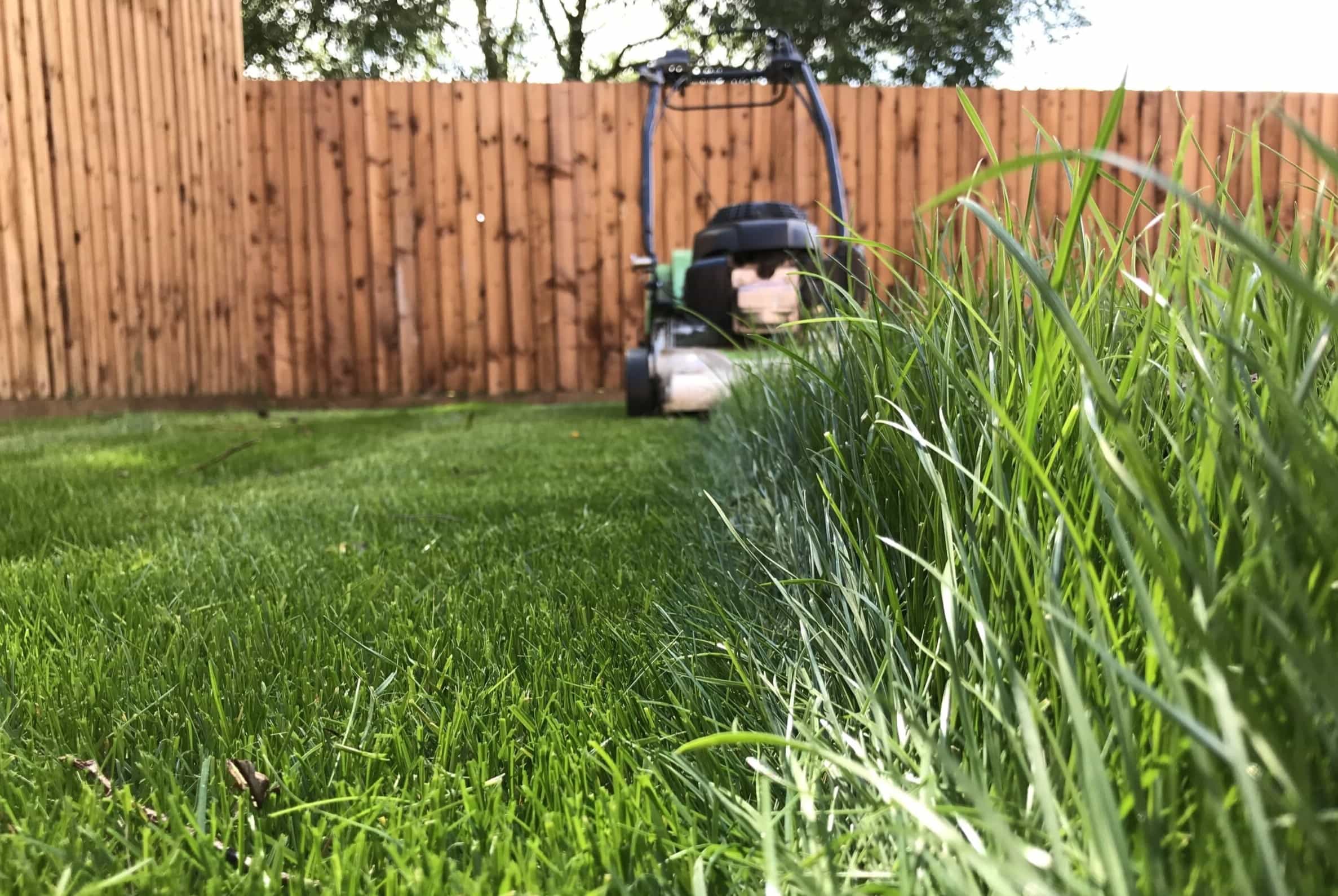
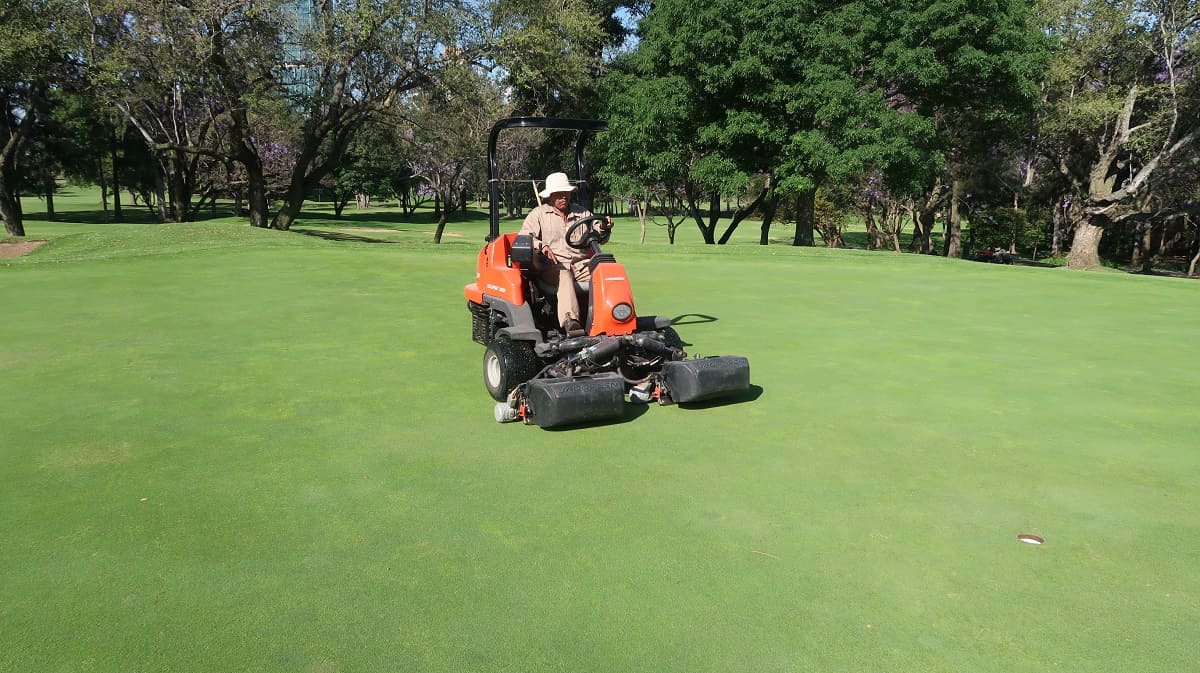
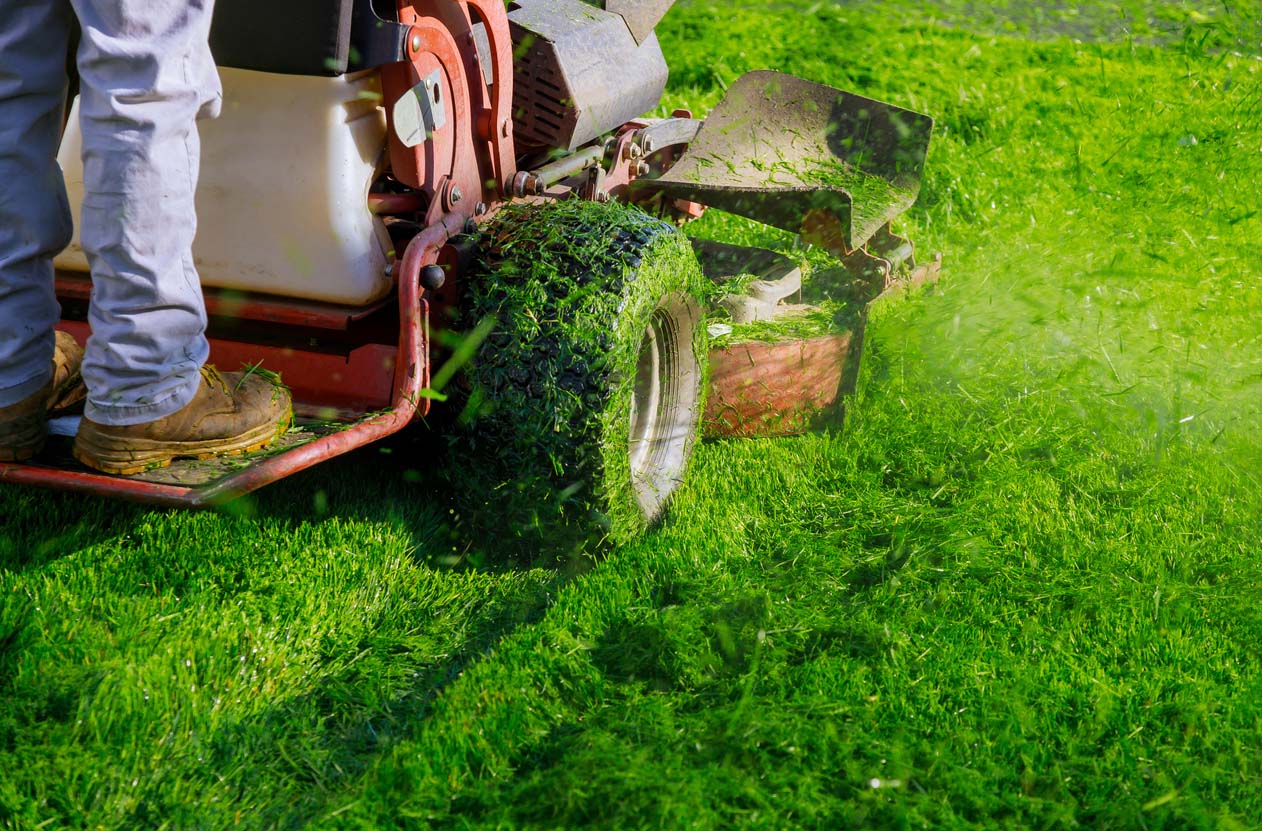
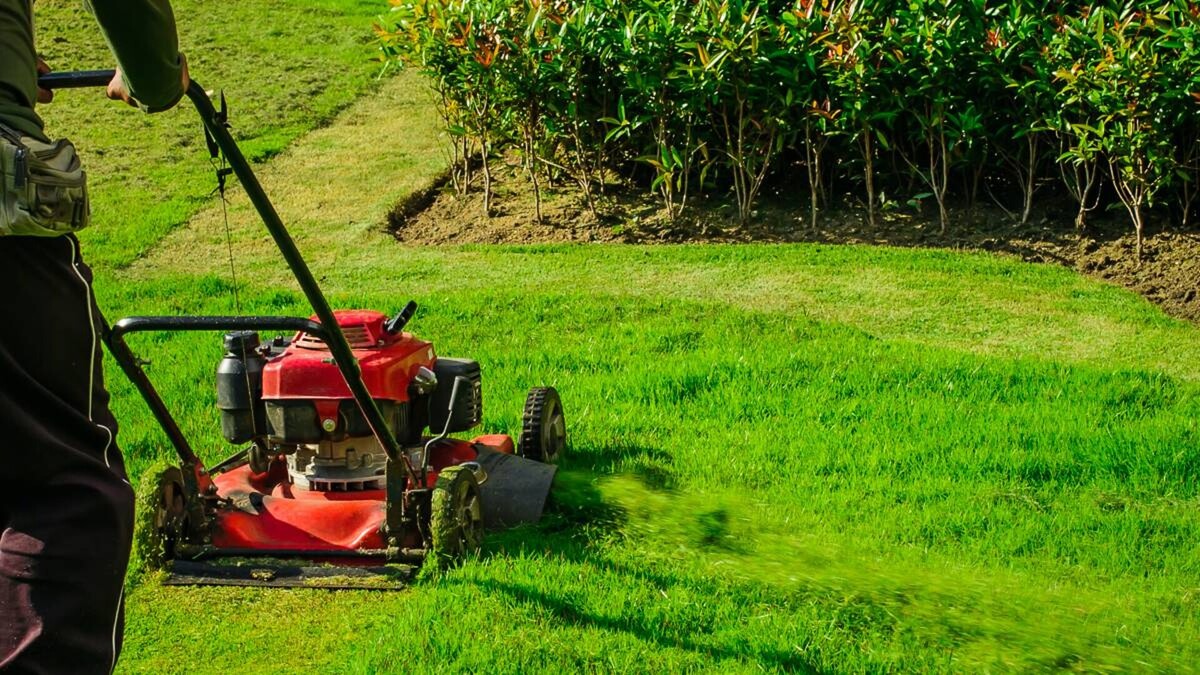
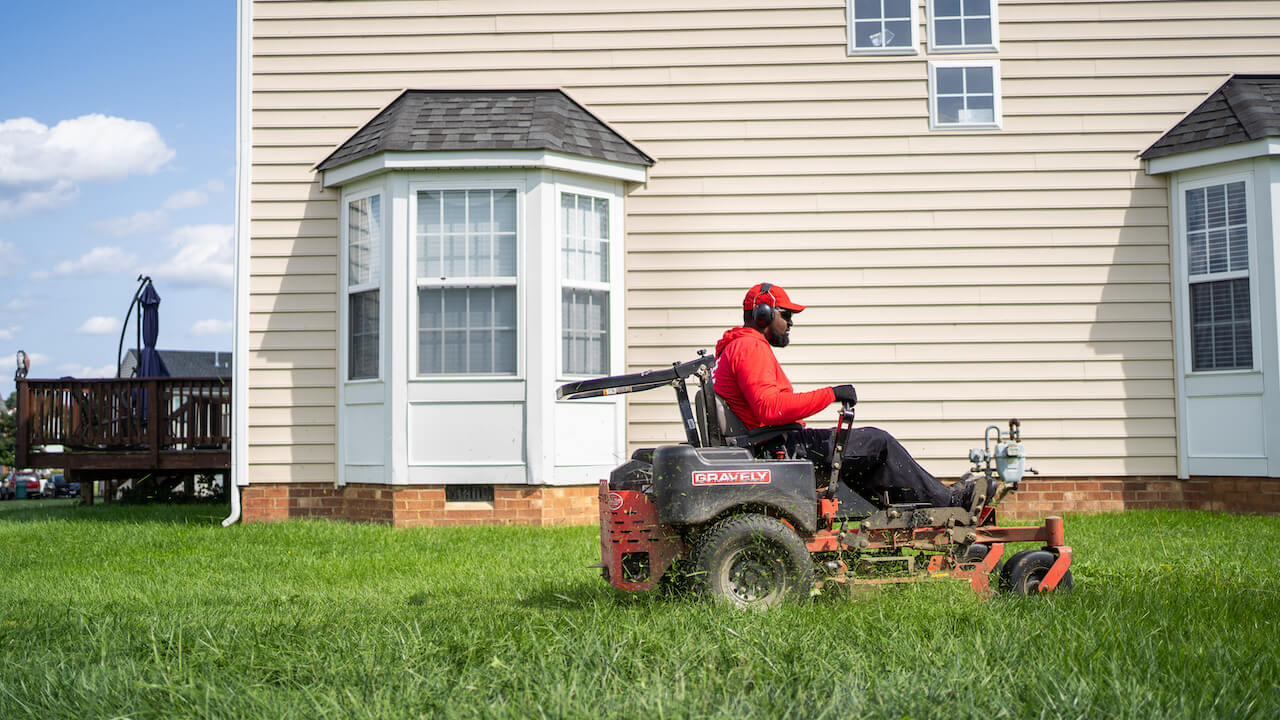

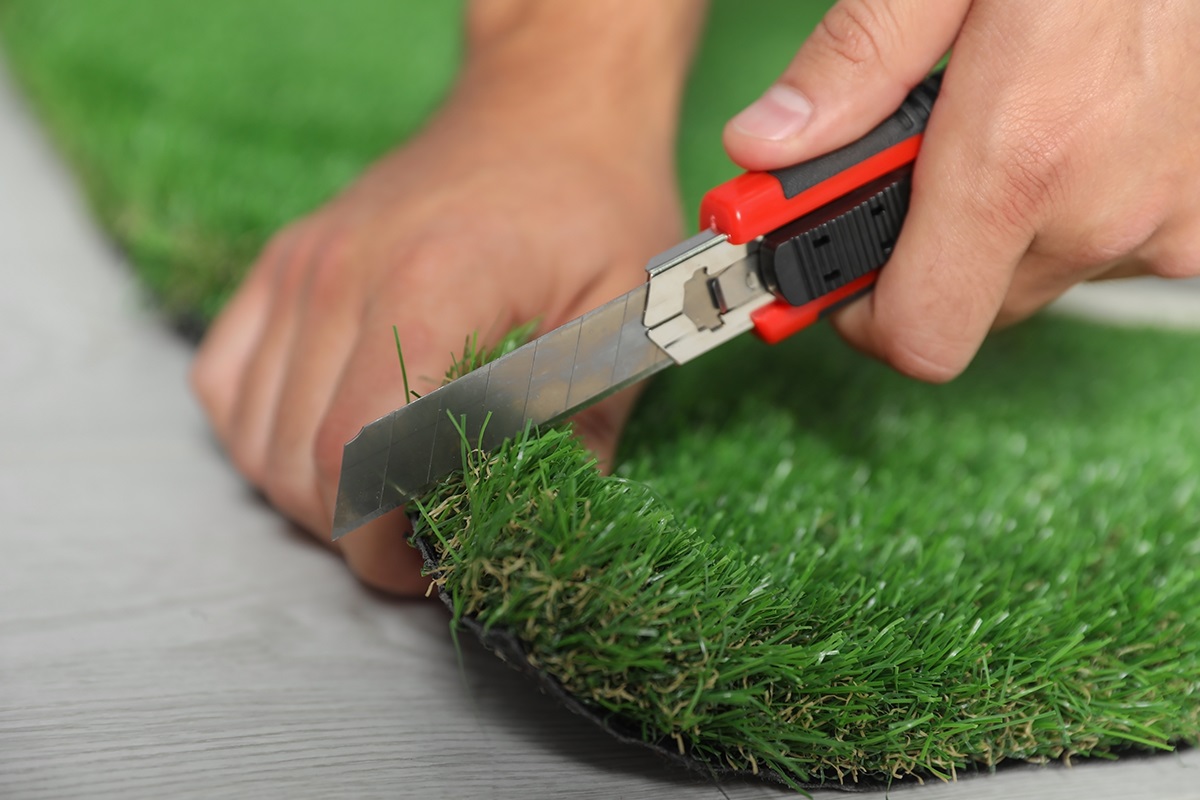
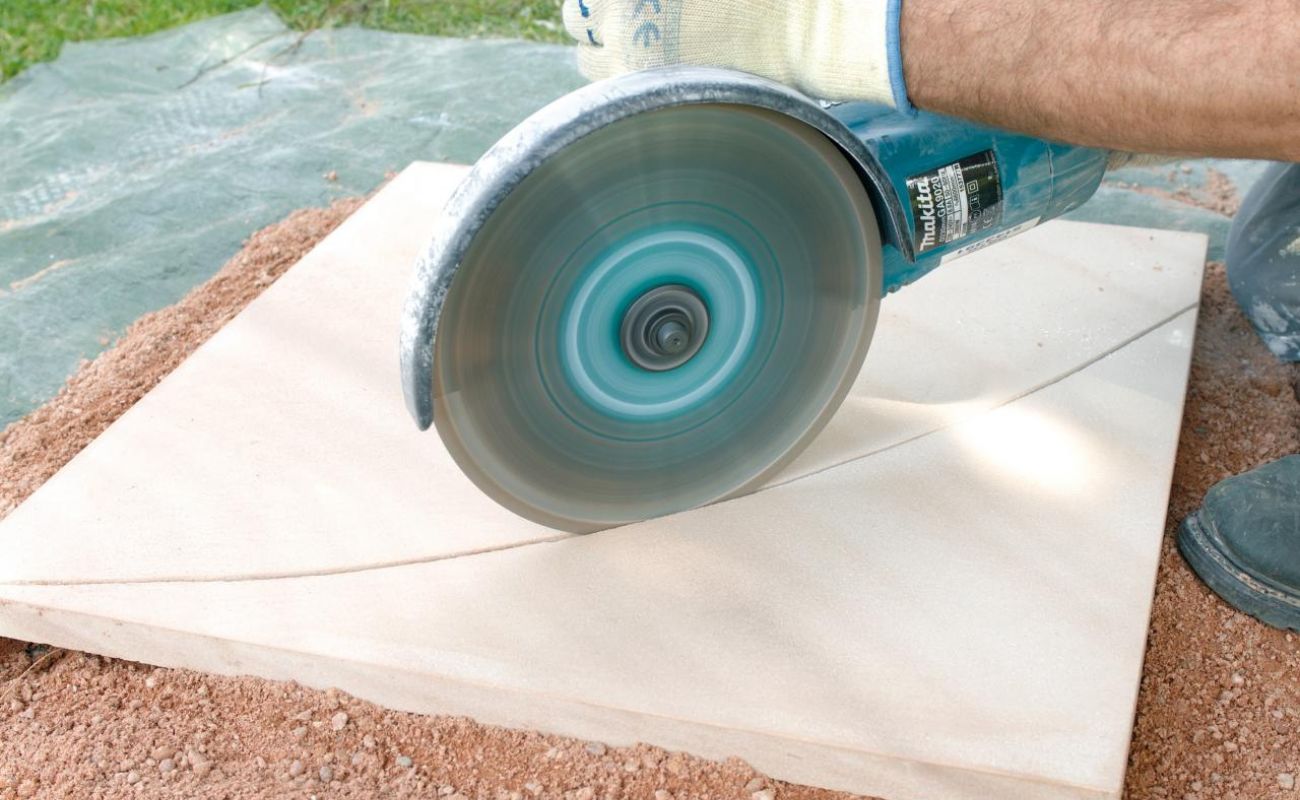
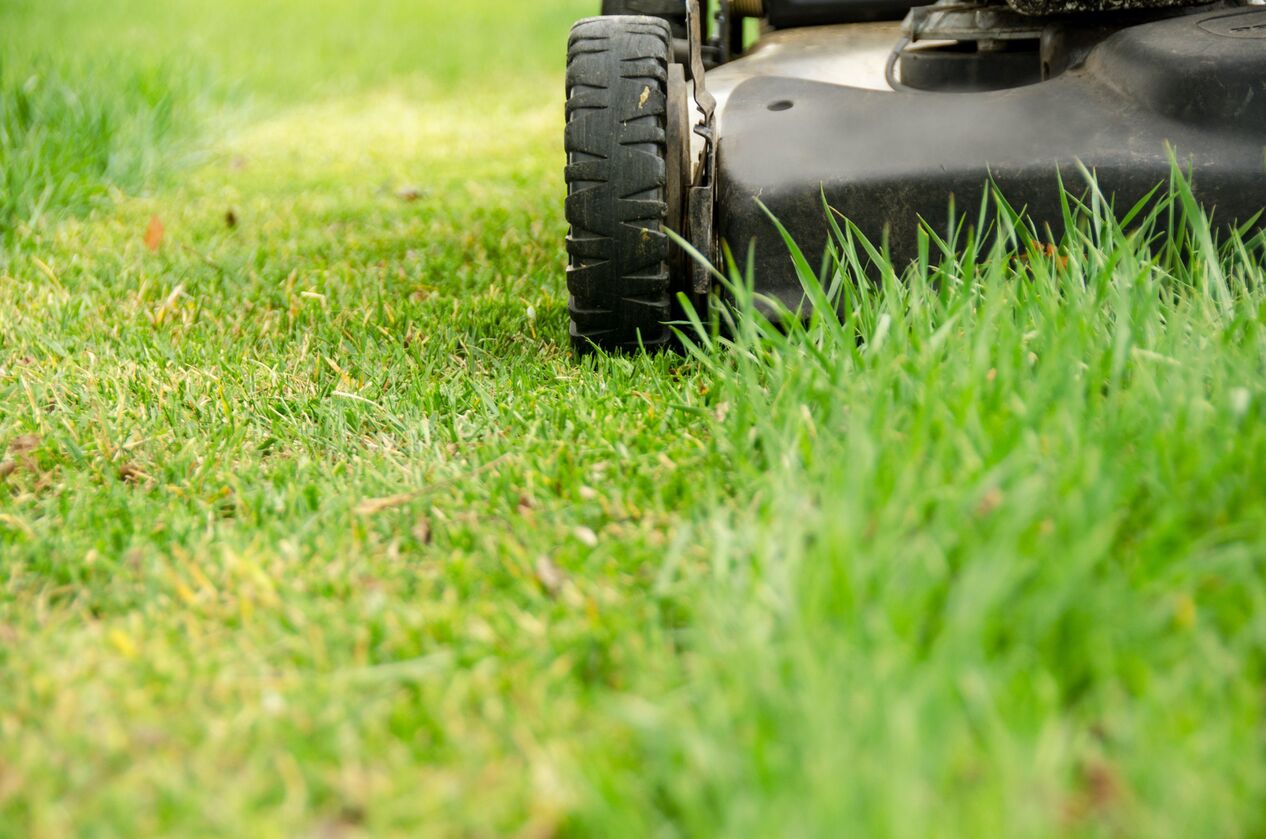
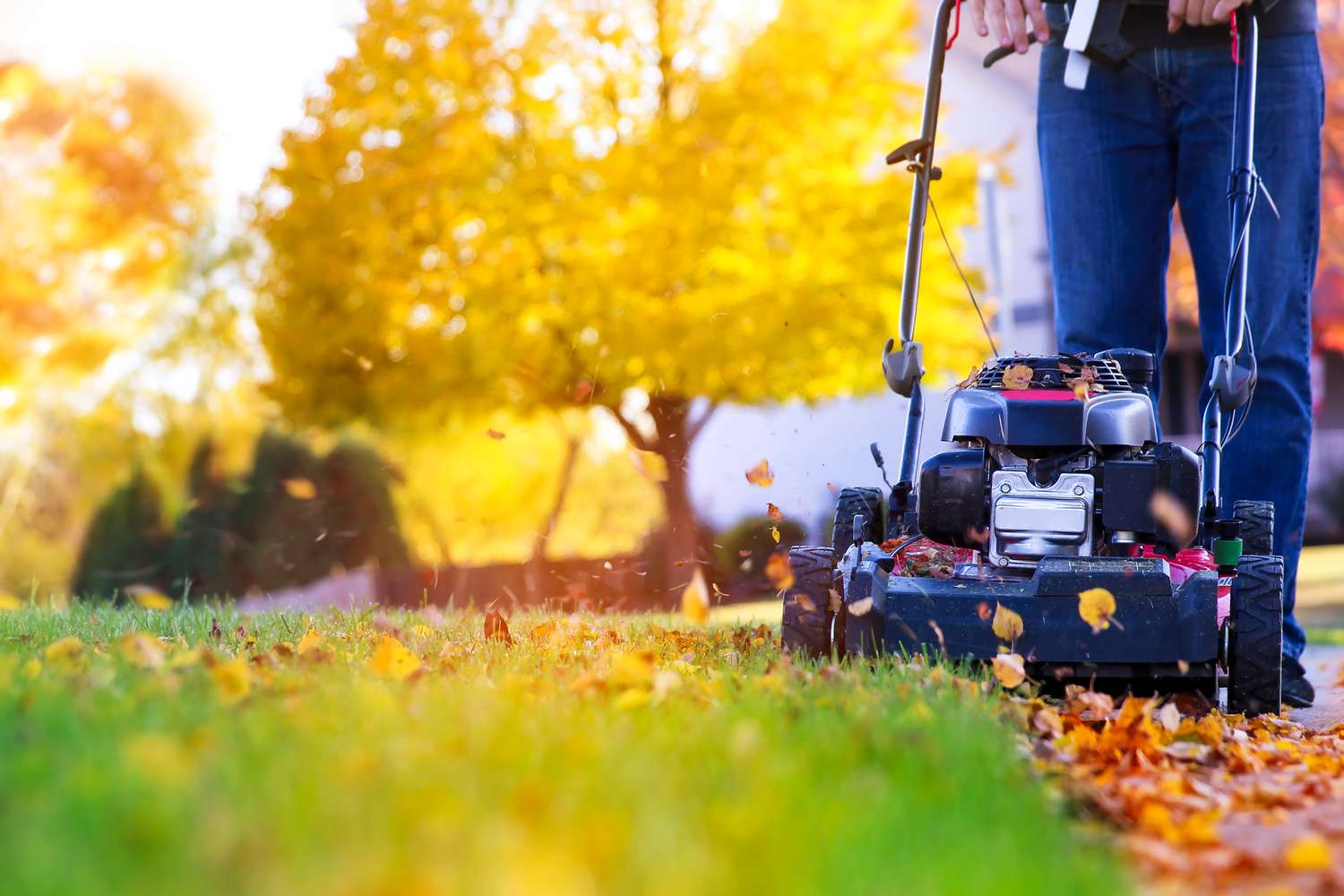
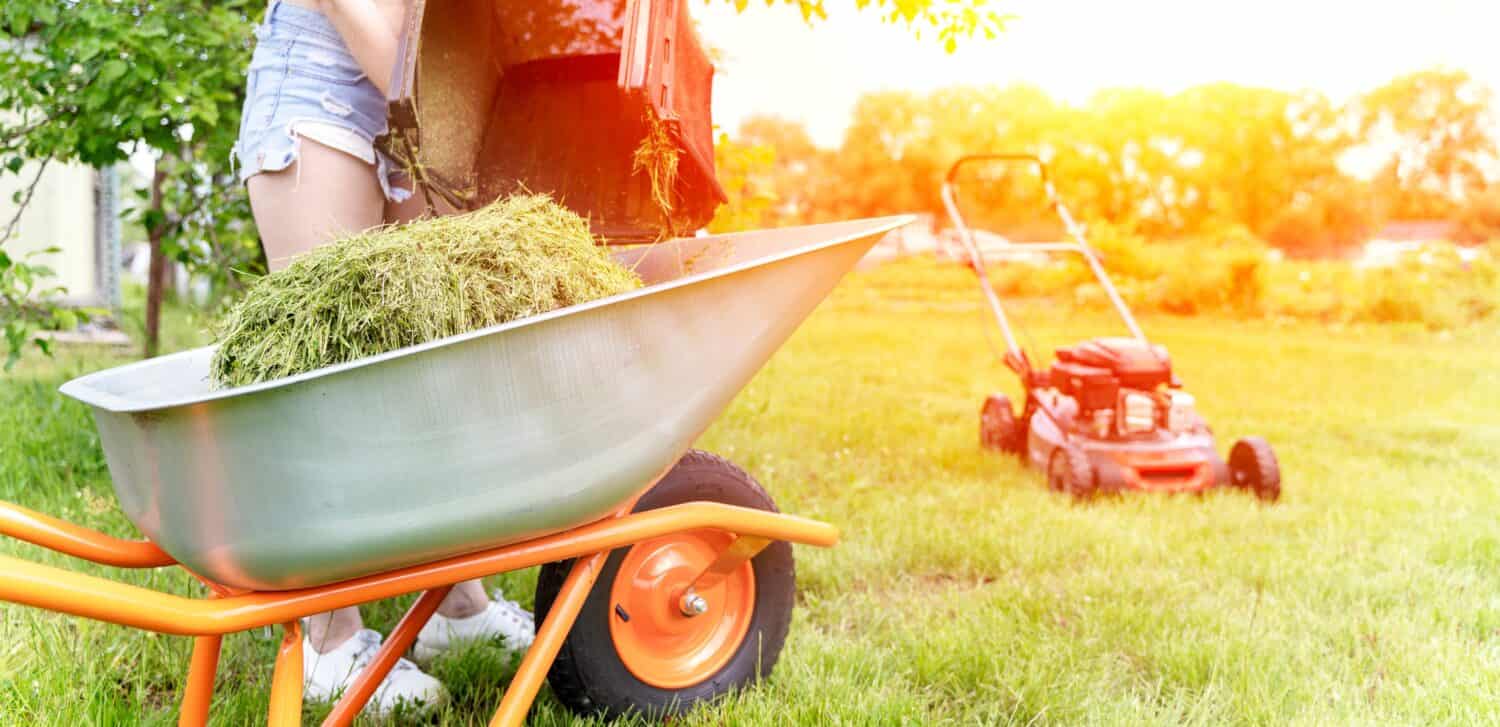
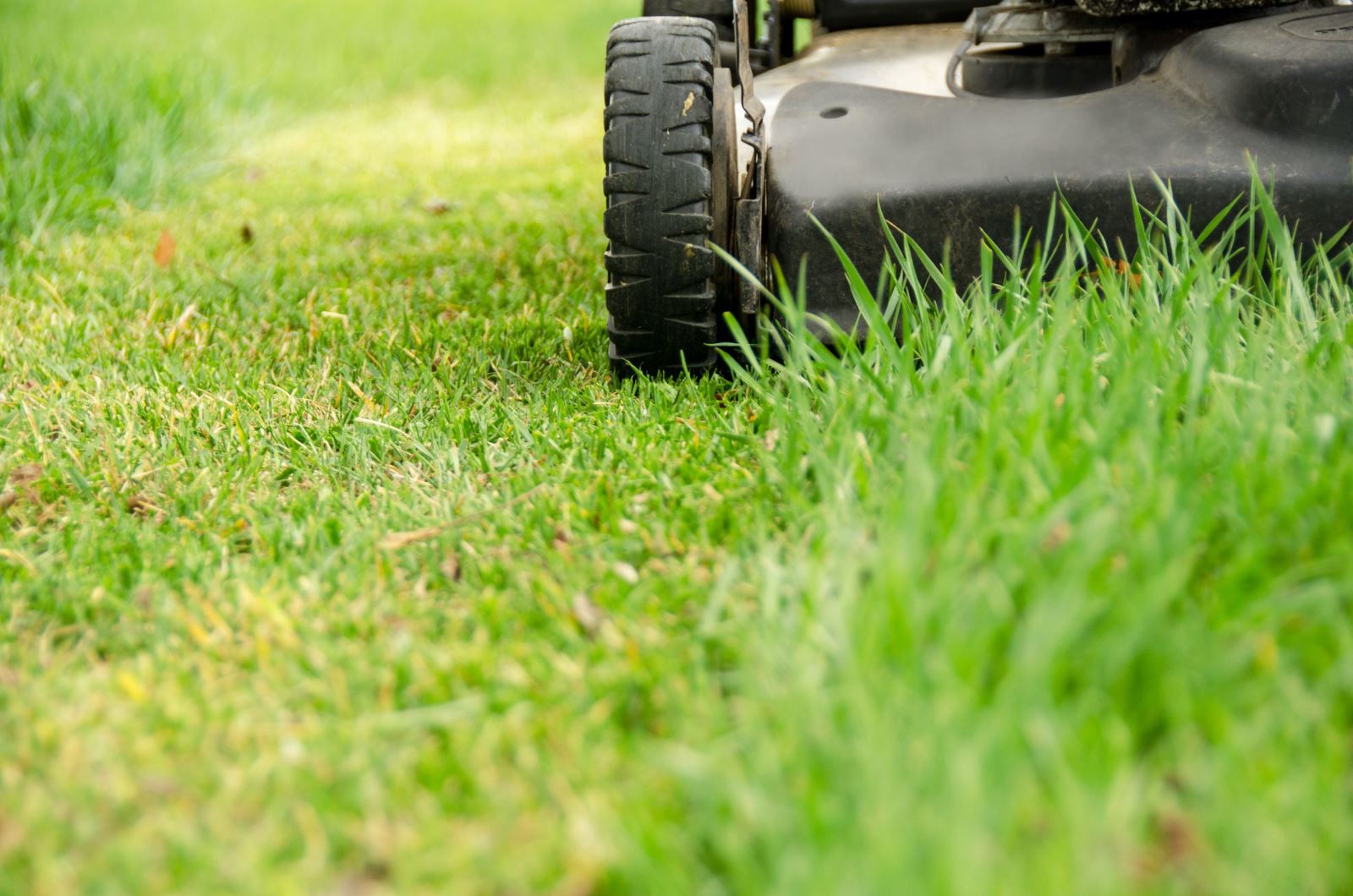
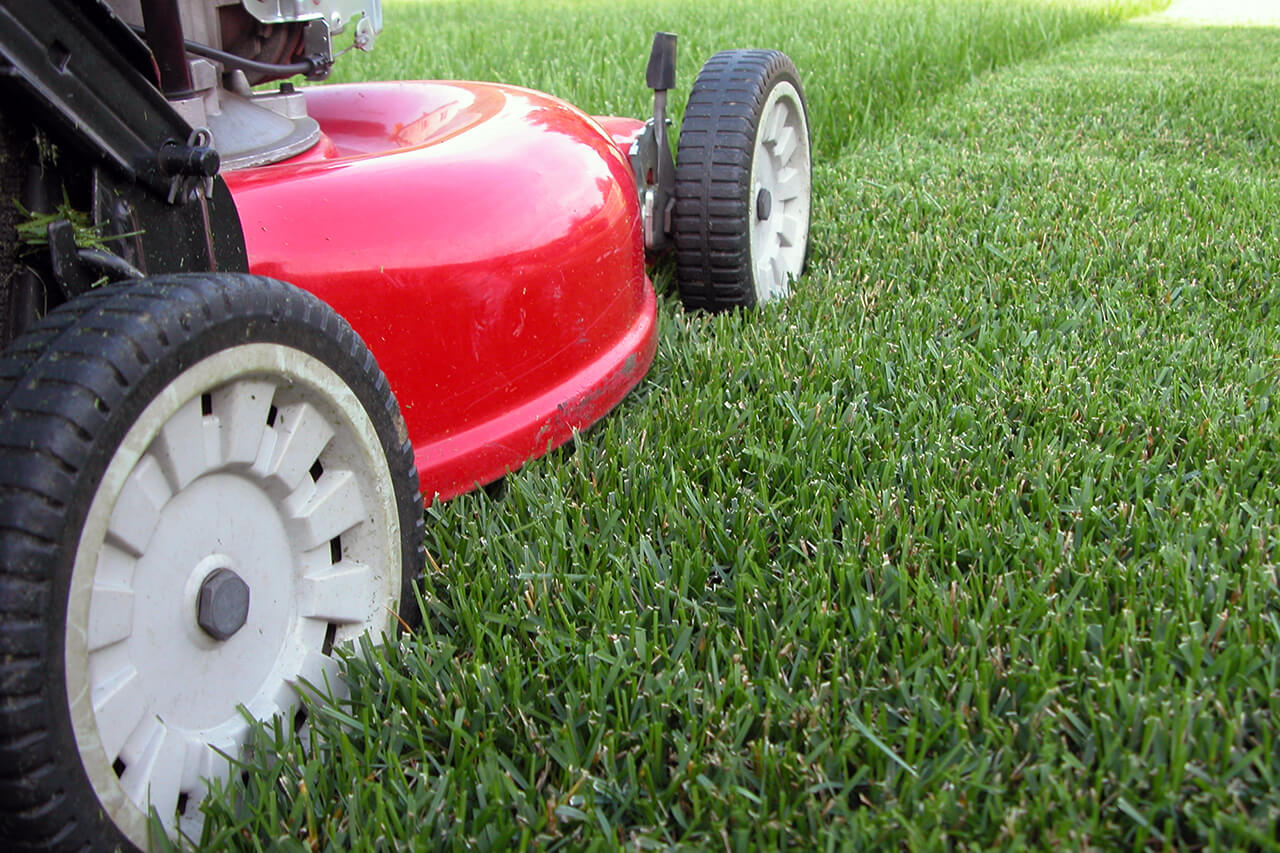

0 thoughts on “What To Do With Cut Grass”